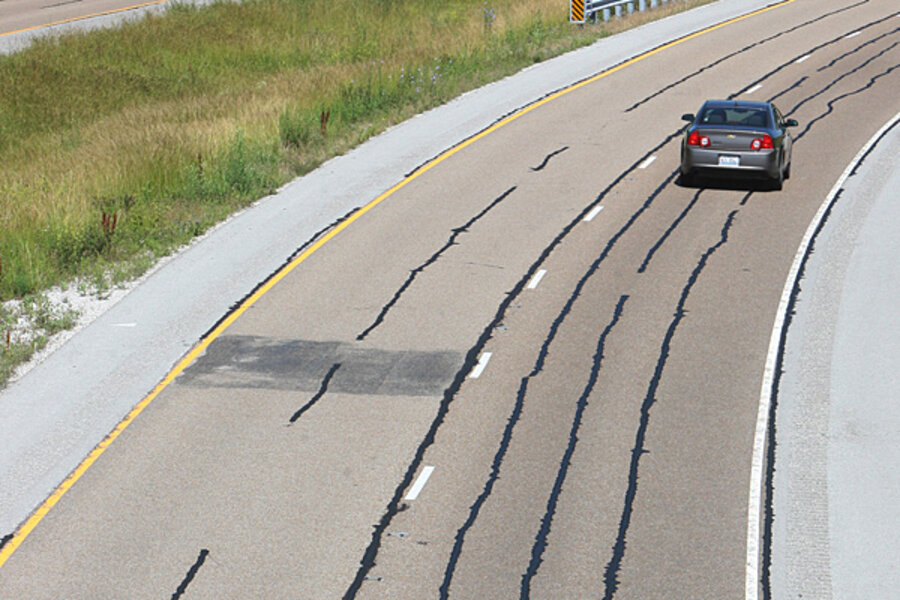Driving is so 10 years ago, studies find
Loading...
Back in May, the U.S. Public Interest Research Group (PIRG) published a study that showed Americans are driving less.
The PIRG study made a number of intriguing claims, all of which pointed to the fact that driving in the U.S. peaked in 2004. And due to a range of factors -- notably, the increased use of mass transit and less interest in car ownership -- it's unlikely that driving rates will ever fully recover.
Now, Michael Sivak of the University of Michigan Transportation Research Institute has published a study of his own that seems to back the PIRG's claims.
To reach his conclusions, Sivak examined driving trends in the U.S. from 1984 to 2011. He paid particular attention to the distances traveled per licensed driver, per vehicle, and per household.
On each of those counts, the figures have plummeted since 2004.
According to a press release, the number of miles driven per licensed driver and per household have both tumbled 9 percent. The number of miles traveled per registered vehicle is off 5 percent:
The latest rates (2011) are: distance driven per person, 8,494 miles (down from 9,314 in 2004); distance driven per licensed driver, 12,492 miles (down from 13,711 in 2004); distance driven per household, 22,069 miles (down from 24,349 in 2004); and distance driven per registered vehicle, 11,318 miles (down from 11,946 in 2004).
Like the PIRG, Sivak says that Americans haven't simply been driving less because of the slumping economy. American driving peaked in 2004, years before the Great Recession hit, and the figures haven't recovered at the same pace as the financial sector.
In other words, Americans (and likely others around the world) think about cars and transportation differently now, causing a shift in our driving habits.
What does that mean for the future? Which automakers will survive the paradigm shift? Share your thoughts in the comments below.
For additional details, you can see a PDF of Sivak's report by clicking here.







